Exhumed #1888
5by Gan Su-lin and Catherine Lim
The tomb staked 1888 or rather its companion is used as an illustration in the LTA sign boards at Bukit Brown to explain to the public how to look out for and identify whether an ancestor could be affected by the 8 lane highway that is going to be built through Bukit Brown.
The resident of Tomb 1888 was exhumed on Thursday 21 June 2012 by his descendant, a great grandson who has requested privacy of identity but was kind enough to allow Su-lin and me a chance to document and observe the exhumation from start to end.
On that day, we were told there were 4 exhumations and the following day, 11 were slated. We know this because exhumations has officialdom behind it. They have to be registered with NEA (National Environment Agency) which sends inspectors to spot check that it is conducted properly. There are papers to be signed and processed, but the tomb keepers are familiar with the procedure and cut out as much of the paper work as possible for the descendent. A note here to say that the companion tomb next to 1888 is not occupied which is not uncommon in Bukit Brown. The one beside it was most probably prepared for a spouse but who was not buried there for a variety reasons which we will not speculate on. The descendant was alerted to the existence of his great grandfather’s tomb only last year by Raymond Goh and proceeded to “refurbish” the tomb before news was released that the grave was affected by highway.
The exhumation of staked tomb 1888 started at 8 am with prayers and the digging started about 20 minutes later together with the separation of the tombstone from the backing which is necessary to release the spirit, a way of notifying the “resident”, he is moving house. The latter required the wielding of the mallet against stone which was heart wrenching to observe even for an outsider. The exhumation proved longer than the anticipated one hour because the grave was so well encrypted with granite slabs and brickwork and the coffin so well kept that it required a chainsaw to cut the opening. It was a “clean” exhumation, with remains of bones and nothing else.

Preparing to chant prays with incense, a bell and a dorje or vajra– ” thunderbolt” which is used in Tibetan Buddhism. The brown portfolio is an ipad which had been loaded up with the chants (photo Catherine Lim)

Separating the tombstone from the backing “releases the spirit” notifies the long time resident, he is moving home, the digging starts in tandem (photo Catherine Lim)

A valuable piece of inscription on the lives and times of the ancestor which is saved. (photo Catherine Lim)

Gan Su -lin (who documented) weighs in with Lim Ah Chye (tomb keeper) what to expect. (photo Catherine Lim)
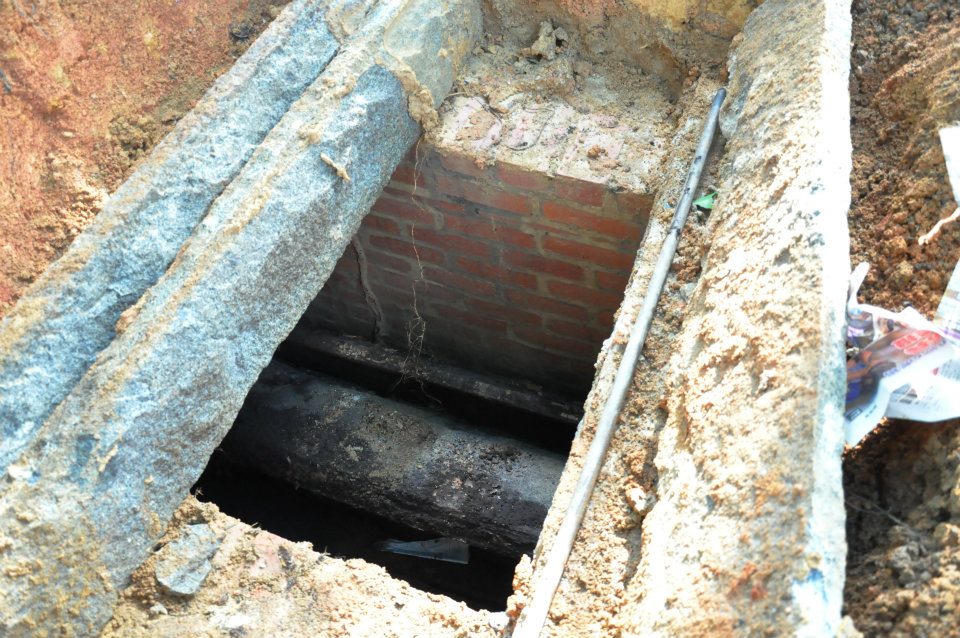
Revealing the coffin, intact and impenetrable after more than 70 years and some excellent brick work that drew the admiration of the grave diggers (photo Gan S-lin)

The first yield is a termites nest which Su Lin picked up thinking it might be the discovery of truffles in Singapore ( photo Gan Su-lin)
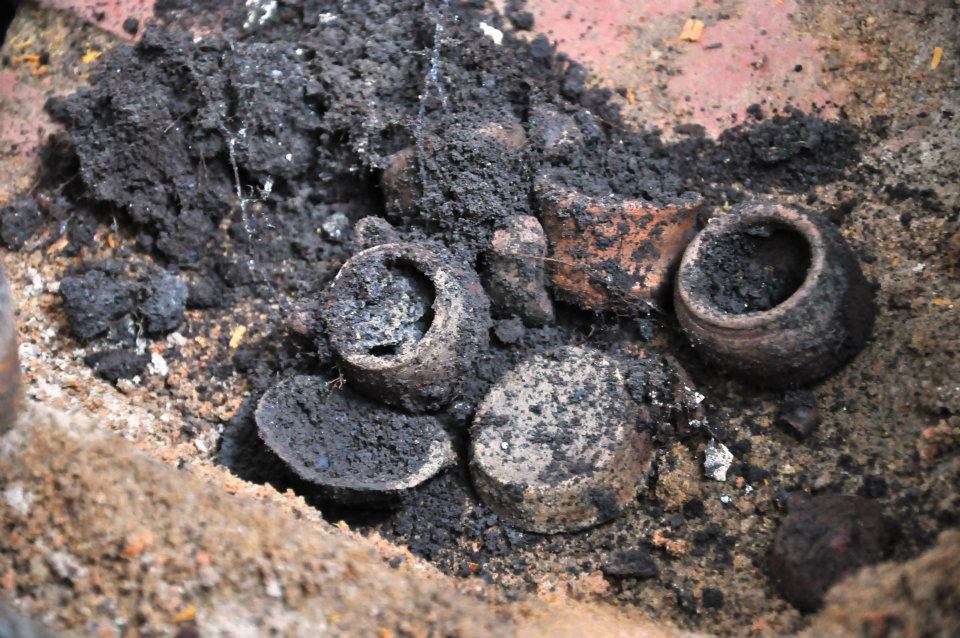
The second yield, teacups which survived the long internment, duly collected and delivered to documentation team office (photo Gan Su-lin)
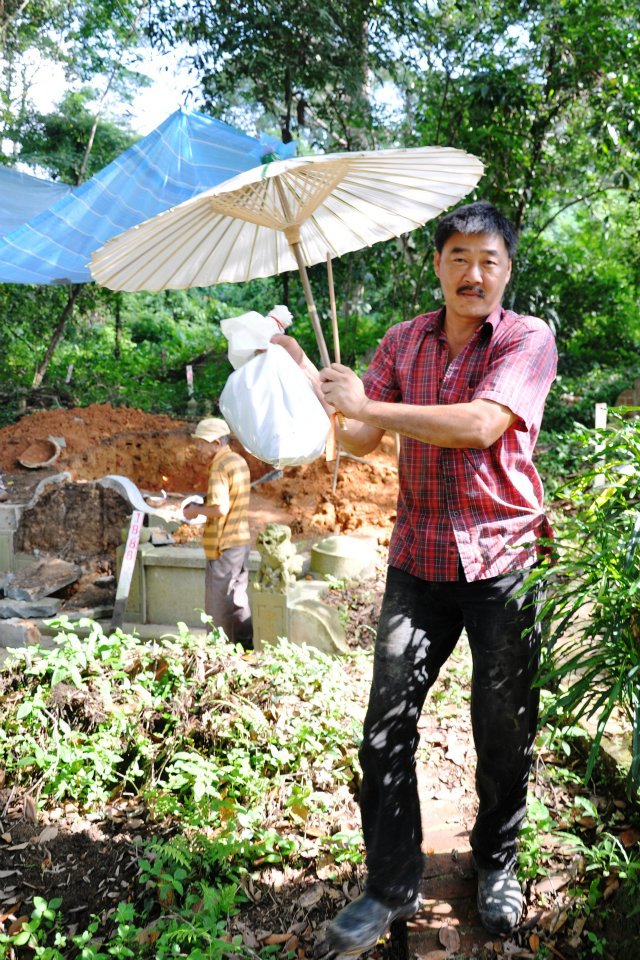
The exhumed ancestor must not be exposed to the sunlight.The use of the umbrella is symbolic and will shade the ancestor right up to the placement at the final resting place The remains were rinsed prior to transfer to crematorium with Chinese wine.(photo Gan Su-lin)

Ah Nan, who speaks fluent Hokkien presides over transfer of ashes to urn with the greatest of respect and meticulous attention ( photo Gan Su-lin)
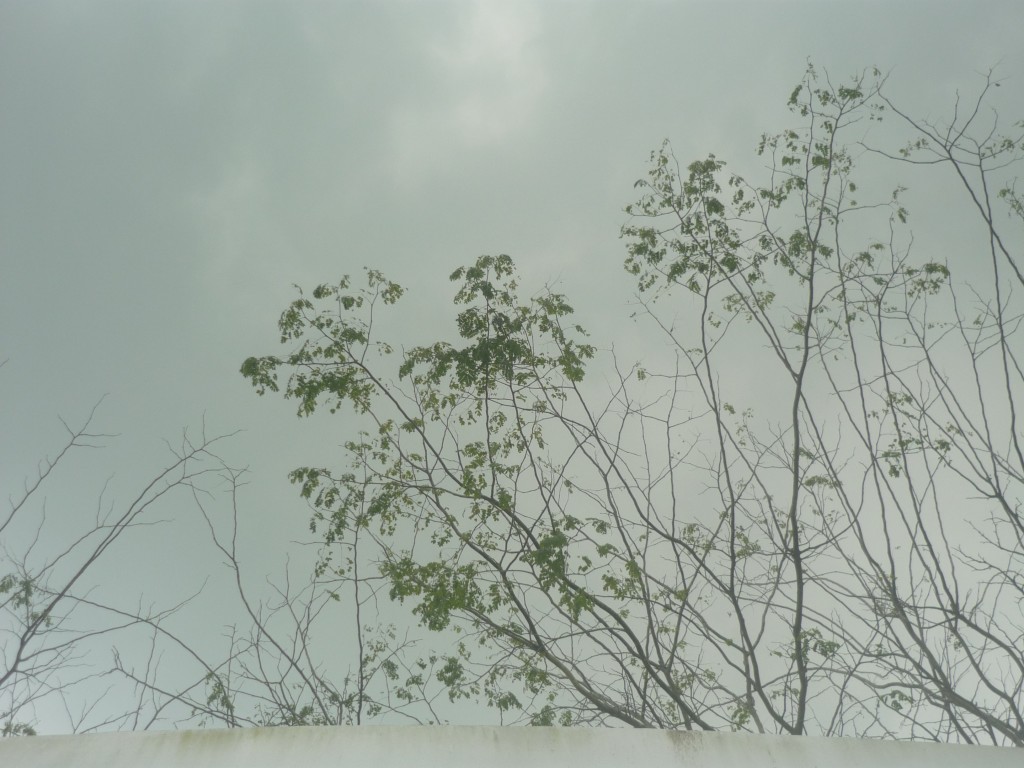
One last look at the Crematorium before the ancestor was brought to the family temple (photo Catherine Lim)
The exhumation began at 8 am. The gravediggers reached the granite slabs an hour later. The remains were exhumed just after 10am and transported to the crematorium about 10.30. The remains were ready for collection at 11.30am. By 1 pm, the ancestor was” laid to rest” in the family temple.
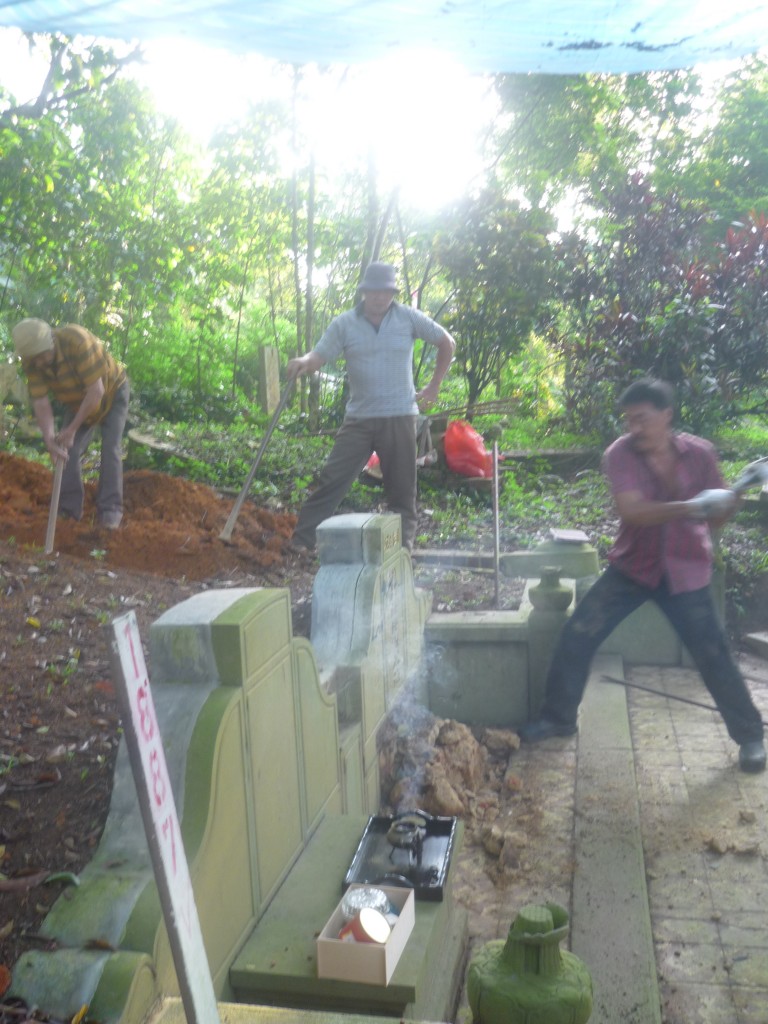



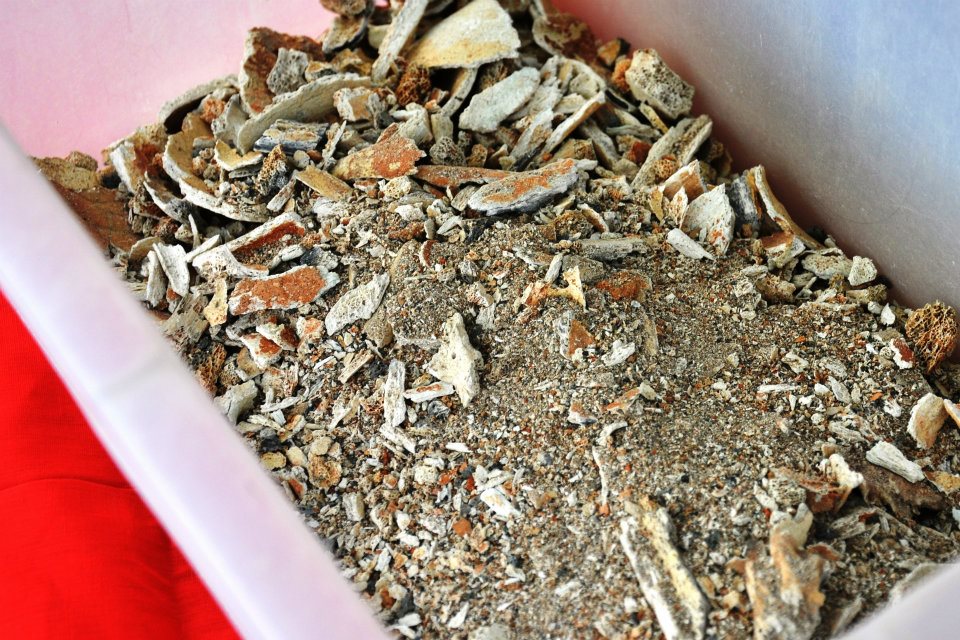
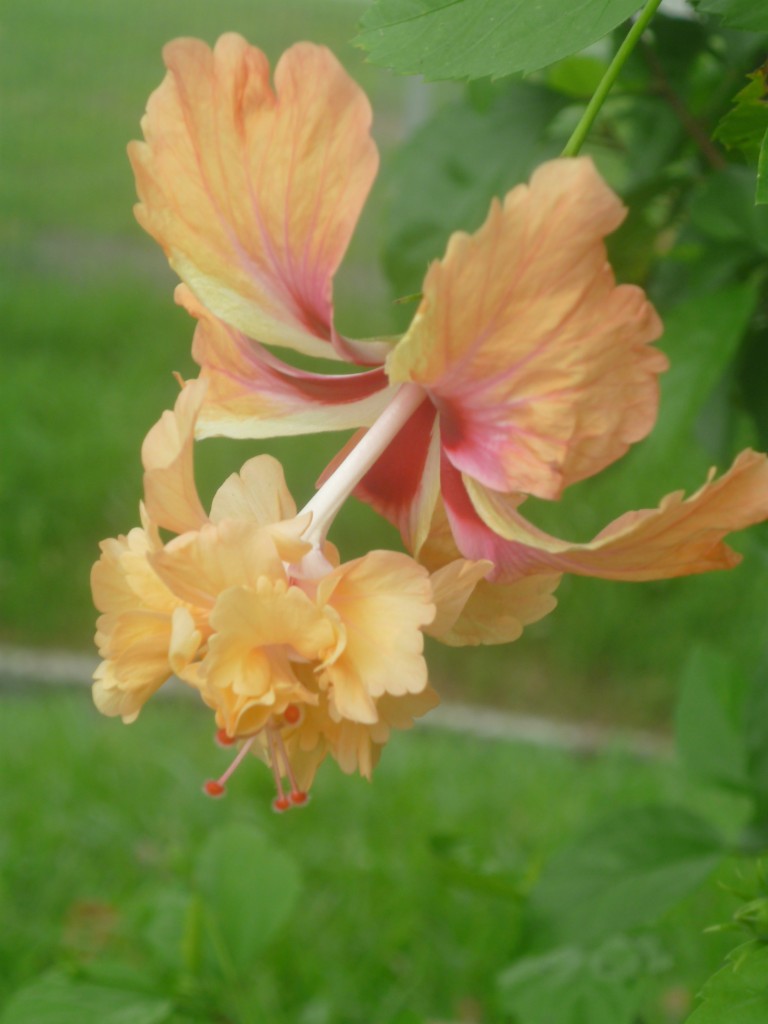

I think that the coverage of the exhumation process quite detailed, and that provides an “insight” on how a grave is exhumed. This lets curious people know and understand more about the exhumation process.
Thank you hengunxiang